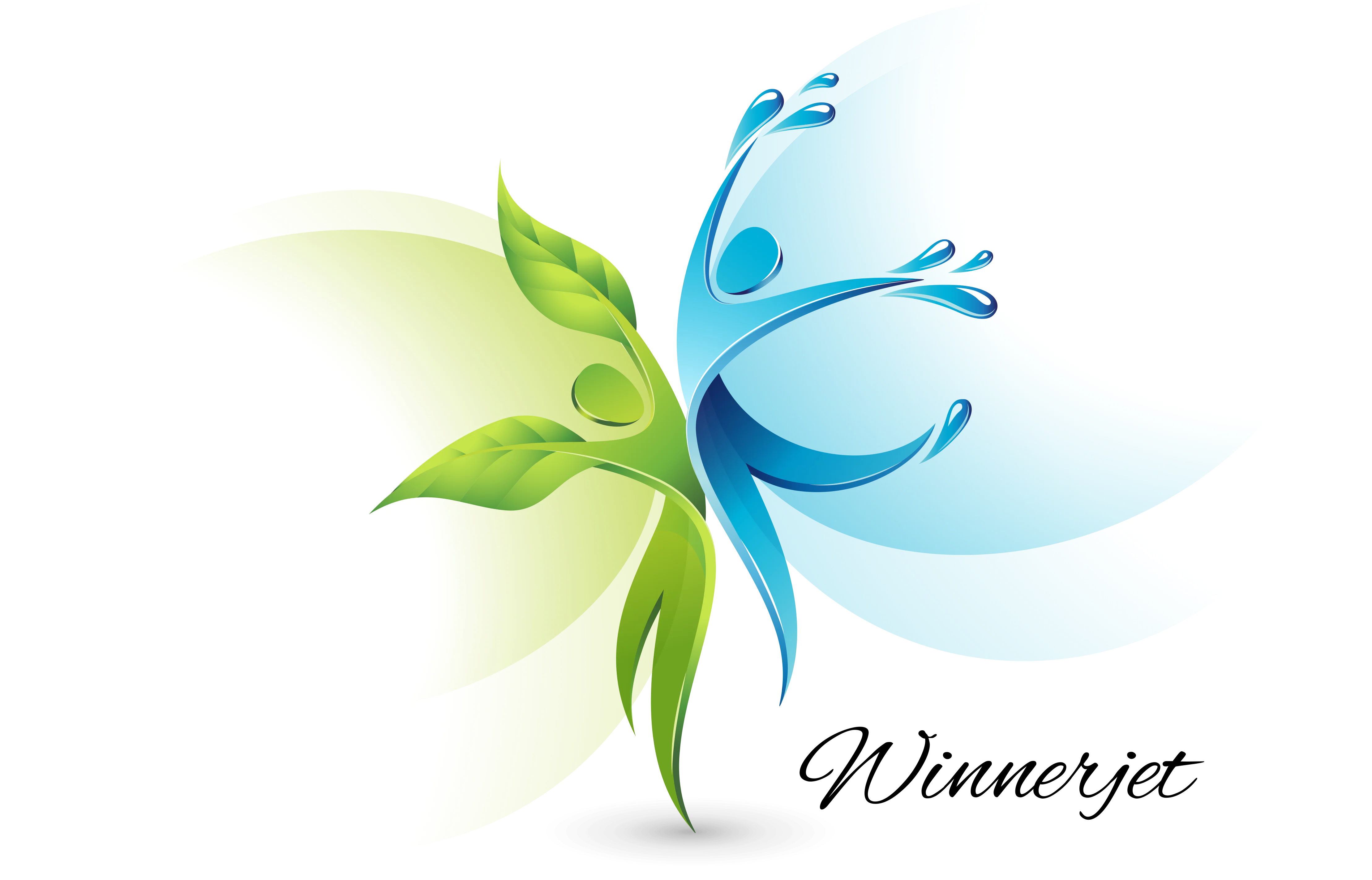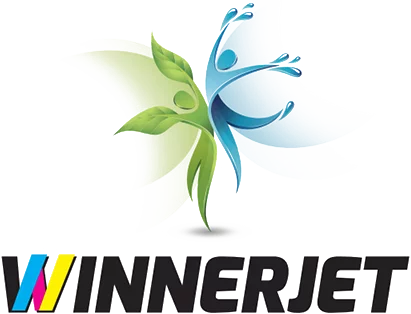DTF and UV DTF look similar, so many customers have questions: are they the same? No, both are very different even though they are both printing methods. Next, follow this article to explore the differences between the definition, workflow, and specific applications.
Overview of DTF and UV DTF
Before we compare the differences, let’s understand the definitions of these two printing methods.
What is DTF Printing?
DTF printing is done by printing ink onto a transfer film and then using a heat press to transfer the pattern onto the fabric, resulting in a brightly colored, long-lasting pattern.
What is UV DTF Printing?
UV DTF printing involves forming a pattern on the transfer film with UV-curing ink. Then, the transfer film is pasted onto the substrate to transfer the pattern by pressing, resulting in a detailed, wear-resistant, and durable print.
Revealing the Difference: DTF and UV DTF
Necessary equipment and consumables
DTF Printing

- DTF Printer
- DTF Ink
- DTF Film
- DTF Powder
- Automatic Powder Shaker
- Curing Oven
- Heat Press Machine
UV DTF Printing

- UV DTF Printer
- UV DTF Ink
- UV DTF Film
Ink type used
- DTF: Water-based pigment ink, mainly for textile printing.
- UV DTF: Oil-based UV curing inks, with UV curing to form patterns, used primarily for printing on hard materials.
Transfer film and processes
- DTF: The transfer film used for DTF printing has an ink-absorbing coating. After completing the design, it must be heat-pressed and transferred onto the fabric.
- UV DTF: An AB film is used – one layer for the adhesive and another for the protective layer. For the transfer process, the adhesive layer is applied directly and then pressed without a heat transfer.
Durability
- DTF: Depending on the quality of the ink and film and the transfer operation, generally, DTF prints can be washed more than 60 times without fading or peeling.
- UV DTF: The ink is instantly cured by ultraviolet light, and the adhesion is firm; UV DTF prints will be more durable and resistant to wear and tear.
Printing Colour
- DTF: Usually used for textile printing, with bright colors and vivid details.
- UV DTF: Used for printing on hard materials. The colors are rich and clear, with a three-dimensional sense.
Printing steps
- DTF Printing: Creating the design, printing it, shaking the powder onto the pattern, curing the powder, transferring the pattern to the fabric by heat, and peeling off the transfer film to complete the design.
- UV DTF Printing: Prepare the design – Print the design – UV cure the ink – Apply press transfer film – Peel off the transfer film to get the printed product.
Learn more about the DTF and UV DTF printing process:
Compatible Materials
- DTF: Mainly on textiles and fabrics, including polyester, cotton, silk, nylon, etc.
- UV DTF: Best suited for hard substrates such as ceramics, glass, metal, wood products, and plastics.
Printing Efficiency
- DTF: More steps are required (such as dithering and heat pressing) and may be slower due to the longer drying time of the ink and powder.
- UV DTF: Printing efficiency will be higher due to the saving of drying time by using UV instant curing.
Cost Comparison
- DTF: The initial cost is lower, but the consumption of ink, transfer film, and hot melt powder is increasing, and the price will become higher later.
- UV DTF: Although the cost of specialized equipment (e.g., laminator) is higher in the early stage, it will be lower in the later stage in the long run due to the high working efficiency and the high unit price gain.
Application differences between DTF and UV DTF
DTF and UV DTF printers each have unique applications due to their specific capabilities. Here are the differences:
Applications of DTF

- Clothing: Perfect for customizing T-shirts, hoodies, sportswear, and more.
- Home Textiles: Ideal for pillowcases, duvet covers, bed sheets, and curtains.
- Promotional Items: Great for hats, handbags, and sports bottles with logos or messages.
- Fashion Accessories: Suitable for various accessories like hats, handbags, and scarves.
- Personalized Gifts: Perfect for items like phone cases and notebook covers.
Applications of UV DTF

- Catering Ware Customization: Personalizes ceramic mugs, glasses, plates, and cutlery.
- Signage: Ideal for signs, banners, and promotional materials.
- Personalized Products: Customizes phone cases, mugs, keychains, mouse pads, and more.
- Home Decoration: Perfect for tiles, glass doors, wall art, and personalized furniture.
- Customized Packaging Boxes: Works well with wooden, metal, and glass boxes.
- Outdoor Sports: Suitable for skateboards, surfboards, snowboards, and sports bottles.
Advantages of DTF and UV DTF
DTF Pros
- High Print Quality: DTF delivers vibrant colors and sharp details for excellent print quality.
- Durability: Prints are resistant to washing and abrasion; colors remain bright and intact even after 60 washes.
- Versatility: Suitable for all fabric types, DTF works beautifully on both dark and light colors.
- No Pre-treatment Needed: Unlike DTG, DTF doesn’t require fabric pre-treatment, streamlining the process and boosting efficiency.
- Flexible Production: Ideal for both single-piece and mass production, designs can be easily modified, shortening production cycles.
- Cost-Effective: Low space and site costs, with automated operations saving on labor expenses.
- Environmentally Friendly: Features low energy consumption, emissions, and noise, minimizing industrial pollution.
- Easy Maintenance: DTF printers and consumables are easy to maintain, with low costs ensuring stable operation. Store consumables in a dry, airtight space.
UV DTF Pros
- High-Quality Printing: UV DTF offers rich colors, sharp details, and a strong 3D effect, with prints that are wear-resistant and durable.
- User-Friendly Process: The simplified steps make it easy for beginners to master, saving time and boosting efficiency.
- Easy Transfer: UV DTF transfers quickly and directly, perfect for small orders or projects with tight deadlines.
- Versatile Applications: Unlike traditional DTF, UV DTF can be used on irregular surfaces like beveled or textured areas, opening up more design possibilities.
How should I choose between DTF and UV DTF?
DTF and UV DTF printing are popular technologies, each suited to different needs.
If you’re focused on customized clothing, DTF is ideal for creating stunning patterns on various fabrics and is cost-effective for large orders. For designs on hard materials like ceramics, glass, or metal, UV DTF is your best bet. It offers compatibility with numerous materials and produces durable, vibrant designs with a 3D effect.
Looking to expand your business? Winnerjet provides tailored printing solutions, along with technical support and training, ensuring professional and reliable results.
FAQS
Is the DTF dishwasher safe?
Not recommended for dishwasher use, while UV DTFs are durable and waterproof, they may not withstand the high temperatures and harsh detergents commonly found in dishwashers.
Can UV DTF prints be cleaned with water?
Yes, without using hard objects, the correct way of cleaning can increase the service life.
How to wash DTF shirts?
Use room temperature water and detergent to wash the shirts from the inside.
Can I use a DTF printer to print UV DTF?
No, UV DTF printing requires a specific printer to operate, and using a DTF printer will result in groovy results.
Are DTF ink and UV DTF ink the same?
No, DTF ink is a water-based pigment ink that is printed directly on the printer, while UV DTF ink is an oil-based curing ink that is instantly cured by UV light.


